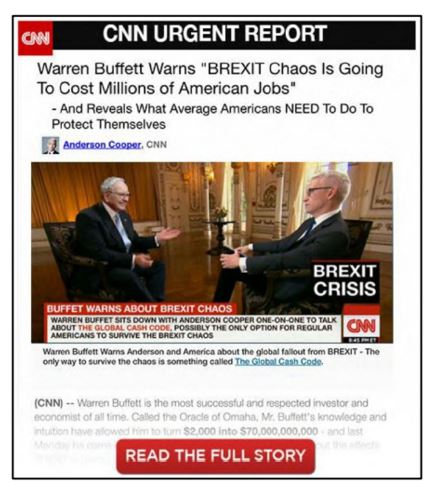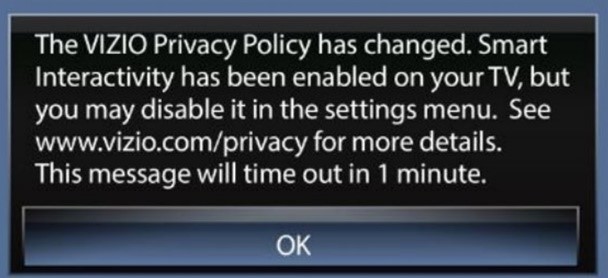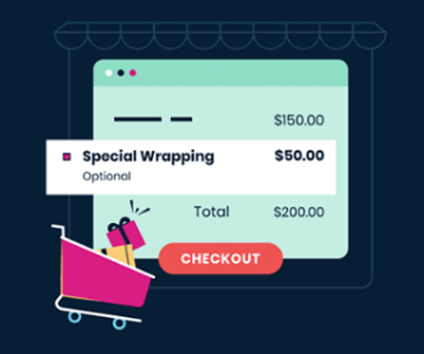
What Are Dark Patterns & Why They Matter
We have all encountered them, in both our personal and professional lives. Think about the times you felt tricked or frustrated by a membership or subscription that had a seamless signup process but was later difficult to cancel. Something that should be simple and transparent can be complicated, intentionally, or unintentionally, in ways that impair your choice. These are examples of dark patterns.
Coined in 2010 by user design specialist Harry Brignull, “dark patterns” are design practices that trick or manipulate users into making choices they would not otherwise have made and that may cause harm. Dark patterns are highly effective at influencing your behavior, and as more businesses have moved online, these dark patterns have grown in scale and sophistication.
Dark patterns can be found in a variety of industries and contexts, including ecommerce, cookie consent banners, children’s apps, subscription sales, trick questions, misguided ads, and more. The specific types of dark patterns you are most likely to face differ depending on the types of websites or apps you frequently use. Some dark patterns are more common in mobile apps than on websites.
Dark Patterns & the Law
As the nation’s leading consumer protection agency, the Federal Trade Commission’s (“FTC”) mission is to stop deceptive or unfair business practices in the marketplace, including those that take the form of illegal dark patterns.
The Federal Trade Commission has issued an enforcement policy statement warning companies against deploying illegal dark patterns that trick or trap consumers into subscription services. The FTC’s policy puts companies on notice that they will face legal action if their sign-up process fails to provide clear, up-front information, obtain consumers’ informed consent, and make cancellation easy.

Government regulations such as the approved CCPA – California Consumer Privacy Act address dark patterns as they apply to privacy and security. The CCPA regulations, ban the use of dark patterns that have “the substantial effect of subverting or impairing a consumer’s choice to opt-out” when their personal data is being sold. While these regulations do not apply to all dark patterns or companies, it’s a step in the right direction for consumer privacy.

Below are a couple of examples of common dark patterns using Federal Trade Commission (FTC) enforcement actions to illustrate the harms posed to consumers.
Design Elements that Induce False Beliefs
This is where a company may make an outright false claim or employ design elements that create a misleading impression to spur a consumer into making a purchase they would not otherwise make. The FTC took action against
the operators of a work from home scheme for allegedly sending unsolicited emails to consumers that included “from” lines that falsely claimed they were coming from news organizations like CNN or Fox News. The body of these emails included links that sent consumers to additional fake online news stories, and then eventually routed consumers to sales websites that pitched the company’s work-from-home schemes. The FTC’s complaint: consumers who clicked on the links in these emails were routed to additional fake online news stories, and then eventually routed to Effen Ads’ sales websites, which pitched the company’s work-from-home schemes. These sites guaranteed consumers would make hundreds of dollars if they paid an upfront fee of $97 and worked from home only one hour a day.

In reality, according to the complaint, the emailed articles were fake, and the upfront fee didn’t result in an actual job.
Design Elements that Obscure or Subvert Privacy Choices
This dark pattern involves design elements that obscure or subvert consumers’ privacy choices. In Vizio, the FTC alleged that the company enabled a default setting called “Smart Interactivity,” which enabled
consumers to receive “program offers and suggestions,” but in reality allowed Vizio to collect and share consumers’ television viewing activity with third parties. Vizio provided no notice of this default setting to many of its consumers.
Later, Visio provided the notice to some consumers, which timed out after one minute and provided no direct link to the settings menu or privacy policy. The FTC alleged that by keeping the setting name vague,

Vizio effectively removed consumers’ ability to make an informed choice about their data sharing. The alleged conduct was a clear example of a dark pattern that subverted consumers’ privacy choices.

Trick Questions
A question that appears to ask one thing is worded in such a way that it actually asks something else, tricking you into giving the answer the company would prefer.

Sneak Into The Basket
A store website adds unwanted products to your basket without you realizing it. This can occur if you miss an opt-out button, or a combo deal is offered right next to the product you actually want.

Roadblocks to Cancellation
An online service creates a situation that is easy to get into and hard to get out of, such as a one-click subscription that requires a phone call instead.

Subverting Privacy Preferences
A site or app tricks you into publicly sharing more private information than your comfortable with or really intended to.

Price Comparison Prevention
An online store makes it difficult to directly compare similar products by concealing single-unit prices rousing ambiguous language to describe the contents.

Misdirection
Attention-grabbing images or special offers distract you from the important details you need to make an informed purchase.

Hidden Costs
Your product of choice becomes more expensive at checkout due to last minute addition of tax, delivery charges or essential extras.

Bait and Switch
The tricky placement or wording of user options tempts you into actioning something that you didn’t intend to do.

Confirmshaming
Loaded language guilts or panics you into agreeing to something you’d prefer not to, such as opting into a subscription service.

Disguised Ads
Website artwork or a link that is designed to look like regular content or action buttons turns out to be a hyperlinked advert in disguise.

Forced Continuity
A service requires you to provide your credit card details up front and then continues to charge you when you no longer want it - such as when a free trial comes to an end.

Friend Spam
A company requests permission to access your data for a good reason but then uses the information to spam your friends.

In closing, whether businesses are trying to take your money, your data, or even your social media accounts, they definitely know what they’re doing. The best thing you can do is keep informed and up to date on dark patterns!!
If you would like general information about HIPAA, click to view the HIPAA page. Here you can find all the HIPAA policies HIPAA policies or to report a suspected privacy concern.
